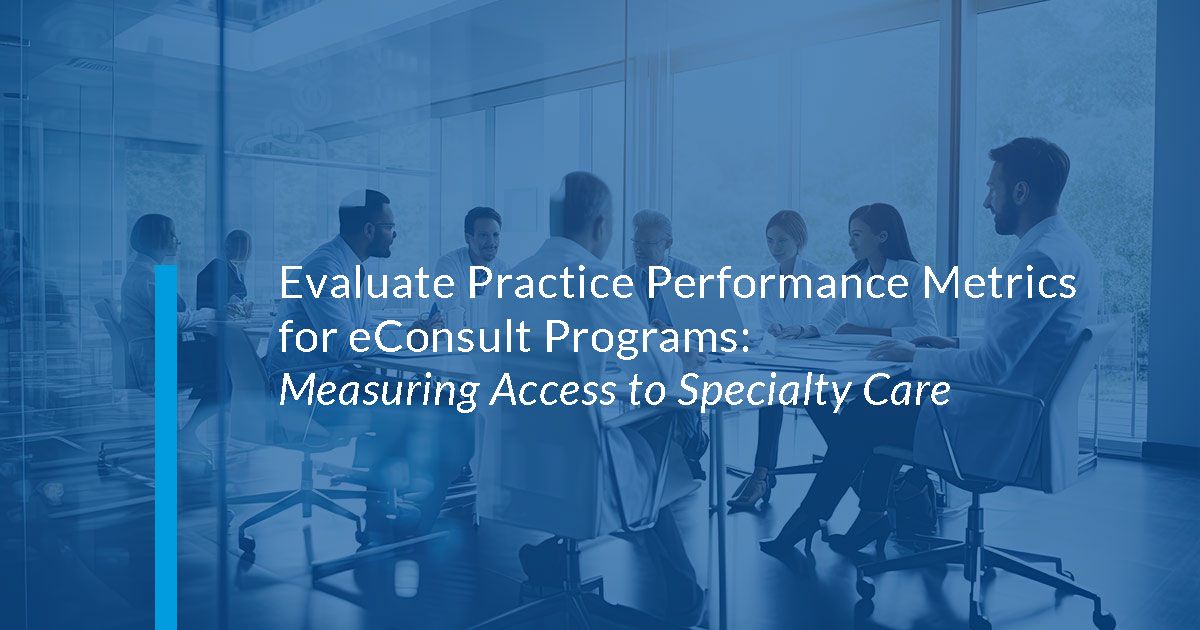Why Specialty Care and Spending Matter in a Value-Based World
Value-Based Payment in Medicaid
Programs across the country are joint partnerships between the federal and state governments. States have wide latitude in deciding how they’re going to move into value-based payment. I will tell you that it’s a mixed landscape. You have highly advanced states such as Texas, California, Tennessee, New York, where large portions of their Medicaid spend are already in value-based payment arrangements, and value-based contracts. Some states call them alternative payment models depending on the state that you’re in, and other states are a little slower to figure out how they’re going to unroll and unravel the value-based, payment methodology in their state. So you could be joining us from any number of states today.
I encourage you to take a look at how your state Medicaid program is working on this. Oftentimes states will have what we call roadmaps or simply sort of five-year plans for how they’re going to roll out value-based payment through their Medicaid program. Medicaid, of course, I think has been at the top of everyone’s mind through the public health emergency and now, the ongoing redetermination process. Those of us who’ve been working in Medicaid for some time know how big and important the program is, but I think the American public has had a crash course in just how many Americans are enrolled in Medicaid. A fun stat I always like to, you know, inform people of is about half of the constituents on the Medicaid program are children.
This is not a small share of Americans that are on the program. And what you see in a lot of states, including New York, is that we’re a managed care state. And so there’s a managed care organization or insurance company that’s already receiving the premium from the state Medicaid program. And what we’re seeing here is as these states unroll their value-based payment programs, they are essentially shifting this risk downstream to at-risk providers or provider groups. These can also be ACOs or IPAs groups of providers. More or less it’s the same exact thing. And I hope you kind of got that from the couple slides here, is that while we call them different things and we have different names for different programs, what you’re seeing is essentially those payers who hold the risk are starting to shift this risk down towards the provider. And these at-risk groups.

Evaluate Practice Performance Metrics for eConsult Programs:
Measuring Patient Access to Specialty Care
With considerable time and effort, at-risk practices identify patients at high risk of serious health events. We want to use this same information to develop an eConsult strategy.
- ED use – a costly alternative to a specialist visit.
- Unscheduled or canceled specialty care appointments.
- Boomerang appointments to primary care.
Increasing access to specialty care is the goal. Together, we can track and communicate which specialties are most:
- Needed by the patients you serve
- Likely to improve outcomes
- Appropriate for eConsult
- Valuable to your practice
Identify Specialties with Long Appointment Wait Times
There are many reasons why patients must wait too long to get an appointment with a specialist.
- Not all specialists accept Medicare and Medicaid.
- Doctors in many specialty areas are unevenly distributed across the country.
- Patient referrals are often scheduled by the urgency of the condition.
- Current patients are prioritized for appointments.
Merritt Hawkins reports that the nationwide average wait time to see an orthopedic surgeon is relatively short – just 16.9 days. However, looking at the average can be misleading.
- This average is a 48% increase when compared to 2017
- Getting an appointment with an orthopedist varies tremendously by location – San Diego averages 55 days!
Several factors impact appointment wait times. Not all specialists accept Medicare and Medicaid. Specialists are often clustered in metropolitan areas and unevenly distributed across the county.
Patient’s are less likely to schedule and attend a specialist appointment:
- When the wait time is extended.
- Travel distance to the specialist is significant.
- Cost of the appointment is high — the patient has high-deductible insurance, or the specialist is out-of-network.
